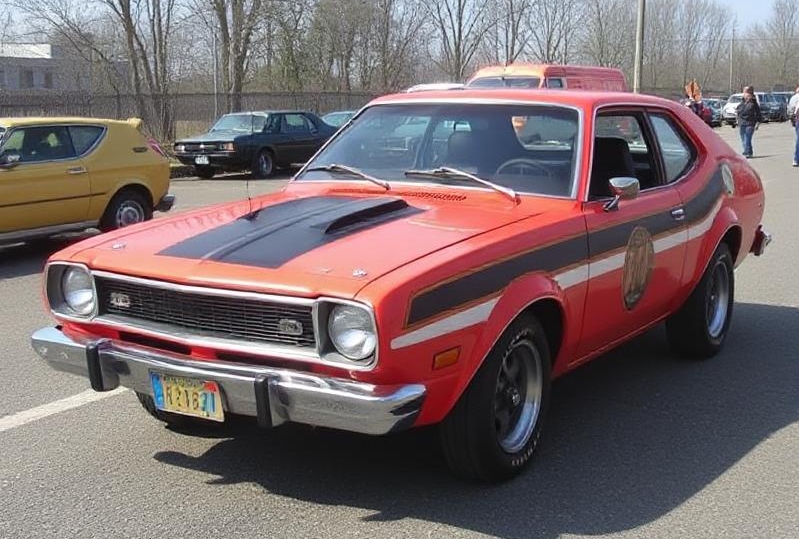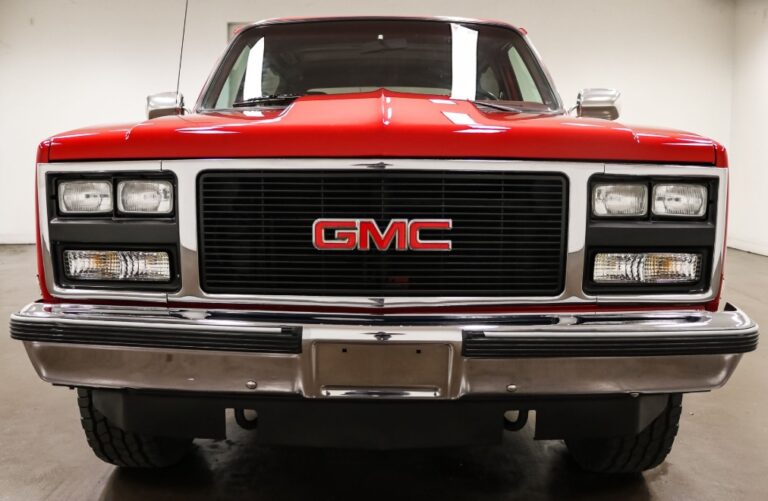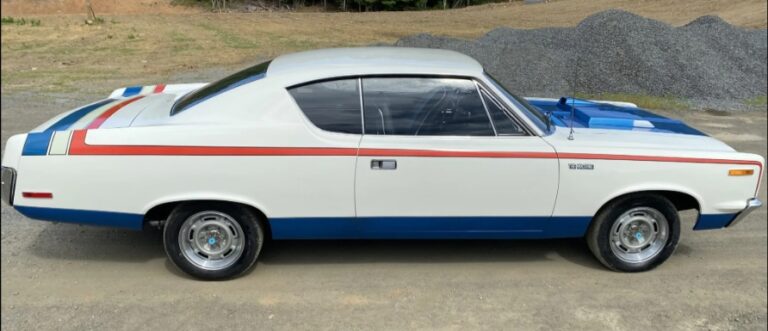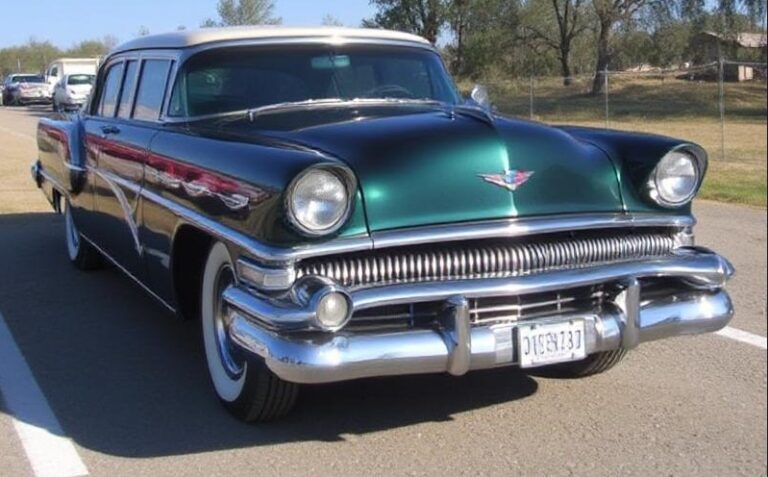The Evolution of the AMC Gremlin: An Iconic American Compact Car
The AMC Gremlin is a compact car that emerged from the American Motors Corporation (AMC) during the 1970s, a period marked by innovation and transformation in the automotive industry. Known for its unique styling and economical performance, the Gremlin quickly became a memorable part of American car culture. This article explores the evolution of the AMC Gremlin, detailing its production years, model variations, and various trim levels.
1. The Birth of the Gremlin (1970-1971)
Production Years: 1970-1971
The AMC Gremlin made its debut in April 1970 and was quite unconventional, designed by AMC’s chief designer, Dick Teague. It was conceived as a two-door hatchback, making it one of the first of its kind in the American market. The Gremlin was built on AMC’s existing compact platform, sharing many components with other AMC models like the Hornet.
Models and Trim Levels:
- Base Model: The initial models were quite basic in terms of features. Customers were offered a straightforward driving experience, focusing on practicality and economy.
- X Model: Introduced later in 1971, the X model added sporty touches, including black-out trim, upgraded interiors, and distinctive striping.
The 1970-1971 Gremlins were powered by a choice of engines, starting with a 232 cubic inch straight-six engine producing 135 horsepower. A more powerful 258 cubic inch straight-six became available in 1971, enhancing the car’s performance.
2. Boom and Expansion (1972-1975)
Production Years: 1972-1975
As demand for compact vehicles surged due to fuel shortages and rising gas prices, the Gremlin found its place within the American automotive landscape. Production ramped up, and AMC began to enhance the offerings on the Gremlin.
Models and Trim Levels:
- Base Model: Continued to offer a simple no-frills approach, but with added amenities like a slightly upgraded interior.
- X Model: Featured a sportier appearance and performance enhancements.
- GT Model (Introduced in 1973): This variant offered more aggressive styling, including a fiberglass front air dam and sportier suspension, aimed at providing a more exciting driving experience.
- Gremlin “Super” (Introduced in 1975): The Super trim included improvements in comfort and aesthetics over the base model and offered more color choices.
During this period, AMC also introduced a range of engines, including a 304 cubic inch V8, allowing the Gremlin to appeal to a broader audience. The Gremlin GT also gained popularity for its combination of utility and sporty characteristics, contributing to the model’s overall sales success.
3. Stagnation and Refinements (1976-1978)
Production Years: 1976-1978
By the mid-1970s, the automotive market had begun to shift significantly. Competition from imports and changing consumer preferences prompted AMC to rethink the Gremlin’s design and features.
Models and Trim Levels:
- Base Model: The base Gremlin continued to provide solid value but reflected changes in consumer preferences, with improved safety features and updated styling cues.
- X Model: Adjustments were made in 1976, with the X model receiving a facelift that included resequenced rear lights and more stylish front fenders.
Production Adjustment: The emphasis on safety led to the introduction of features such as optional seatbelts and improved crashworthiness, aligning with federal safety regulations of the time.
This period experienced some decline in sales, but AMC endeavored to modernize the vehicle while keeping costs manageable.
.
Your vintage automobile is important! However, if you’re not able to work on it yourself, then what to do?
Finding a Trustworthy Mechanic
.
4. The Final Years and Farewell (1979)
Production Year: 1979
The final year of the AMC Gremlin’s production was marked by cautious optimism as AMC looked to revitalize its brand. However, the Gremlin faced significant competition in the compact car market, particularly from imports that offered similar features with updated designs.
Models and Trim Levels:
- Base Model: The 1979 base model included minor cosmetic updates but retained its familiar form.
- Limited Edition Models: In a bid to entice buyers, AMC released various limited edition trims with special paint and interior options, including upgraded audio systems and plush seating.
The 1979 model year also indicated potential plans for a successor that aimed to keep AMC in the game while the automotive market continued to evolve. However, the Gremlin was ultimately discontinued after this year as AMC transitioned towards a new lineup that included vehicles like the AMC Spirit.
5. Legacy and Impact
Though the production of the AMC Gremlin ended in 1979, its impact on the automotive landscape resonates to this day. The Gremlin became a symbol of American ingenuity during a challenging era for the automotive industry, representing practicality combined with a distinctive personality.
Collector’s Item: Today, the AMC Gremlin enjoys a devoted following among classic car enthusiasts. Its quirky design, coupled with its historical significance as one of the first American hatchbacks, ensures a place in automotive history.
Cultural Significance: The Gremlin also appeared in various films and television shows over the years, further embedding its status in popular culture. Its image as an eccentric yet endearing vehicle has contributed to a nostalgic appreciation for the model.
Conclusion
The AMC Gremlin remains an important chapter in the history of American automobiles. From its birth in 1970 to its decline by 1979, the Gremlin showcased innovative design and the adaptability necessary to thrive within a rapidly changing market. Through its diverse range of models and trim levels, it captured the essence of compact cars during its era, offering practicality and a touch of personality. Today, the AMC Gremlin stands as a testament to a unique period in automotive history and a beloved classic collectible.







